MICROSCOPES – PATHOLOGICAL AND RESEARCH
MAKE DINESH SCIENTIFIC
DESCRIPTION
Because they allow researchers and scientists to examine and examine tissues, cells, and other biological material at a microscopic level, microscopes are essential tools in pathology and medical science. Research and pathology microscopes are made to specifically address the needs of the medical, biological, and allied sciences sectors. The following are some essential elements of using microscopes in research and pathology settings:
LIGHT MICROSCOPES:
- The most popular kind of microscope used in pathology and research are bright field microscopes. They are useful for seeing stained specimens and offer a bright background.
PHASE-CONTRAST MICROSCOPES:
- When viewing translucent or unstained materials, such living cells, phase-contrast microscopy is especially helpful. It improves these specimens’ contrast without the requirement for staining.
FLUORESCENCE MICROSCOPES:
- Research uses fluorescence microscopy extensively. It entails labeling certain molecules or structures within cells with fluorescent dyes or proteins to enable fine-grained imaging of individual cell components.
PATHOLOGY DIGITAL:
- Digital imaging technology is used in the collection, organization, and analysis of pathology data in digital pathology. Pathologists can see and evaluate digital slides using whole-slide imaging, which facilitates remote diagnosis and teamwork.
MECHANIZED MICROSCOPY:
- Microscopy technologies are becoming more and more automated, enabling higher throughput analysis and more productivity in pathology and research labs.
RESEARCH USES:
- In several scientific fields, such as cell biology, microbiology, neuroscience, and developmental biology, microscopes are essential instruments. The structure and operation of cells, tissues, and organisms are studied by researchers using microscopes.
TECHNICAL DETAILS:
| MODEL |
DS-MS-100 |
| Stand |
strong die-cast aluminum stand with an integrated window for convenient carrying |
| Head |
45-degree slanted binocular head with 360-degree rotatability |
| Eyepieces |
Two diopter-adjustable 10x/18mm wide-angle anti-fungus field eyepieces on one side |
| Illumination |
Integrated white LED light source with controllable intensity; LED lifespan exceeding 10,000 hours |
| Stage |
Coaxial controls, a 140x140mm mechanical stage with precise Vernier graduation, and a 75x45mm SS slide holder |
| Objectives |
Parfocal, antifungal-coated achromatic objectives: oil immersion, 4x, 10x, 40x (S/L), and 100x (S/L) |
| Manual |
Hard copy operations and maintenance handbook in English |
| Power |
100-265V, 50/60 Hz, SMPS based |
| Sub-stage Condenser |
Abbe N.A. 1.25 condenser with filter holder and iris diaphragm that is focusable on ball bearing guideways |
| Focusing Controls |
Coaxial ball drive with torque adjustment ring, adjustable slide safety stopper, and coarse and fine focusing |
| Nosepiece |
Rubber grip on the quintuple rotating nosepiece allows for simple rotation. |
| Control Layout |
Nearby are all of the primary controls, including the intensity control knob. |





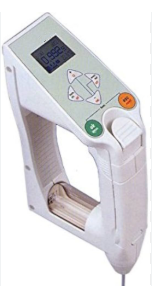
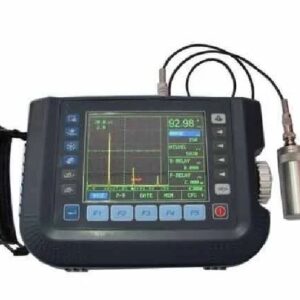



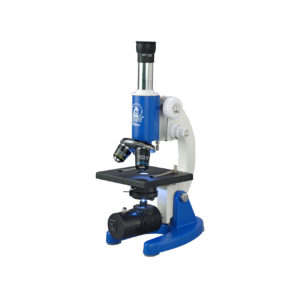

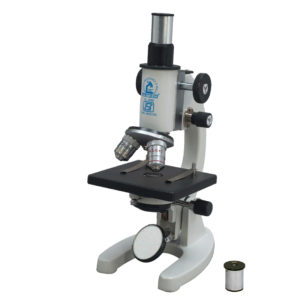
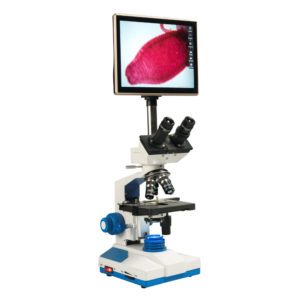
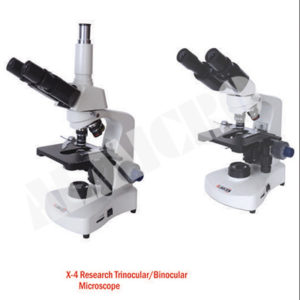
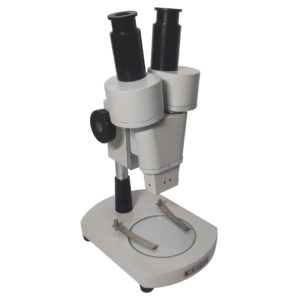

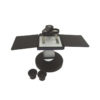
Reviews
There are no reviews yet.